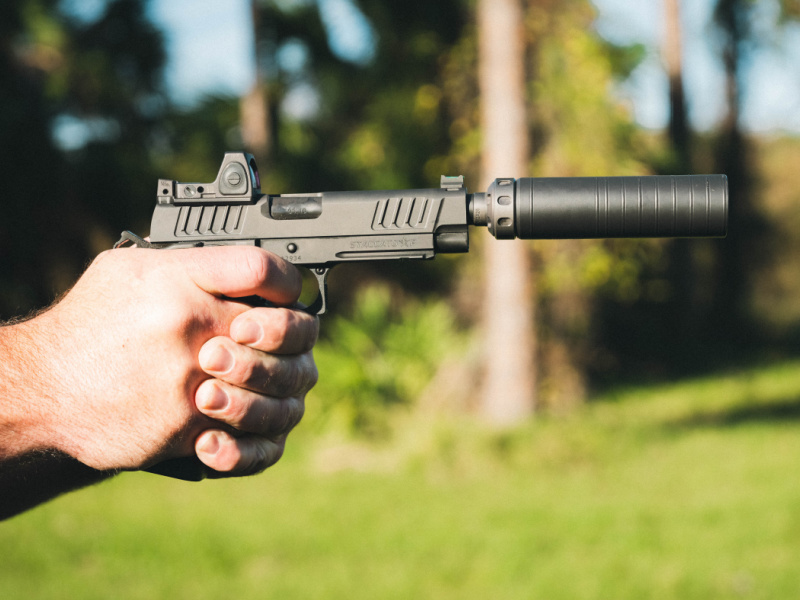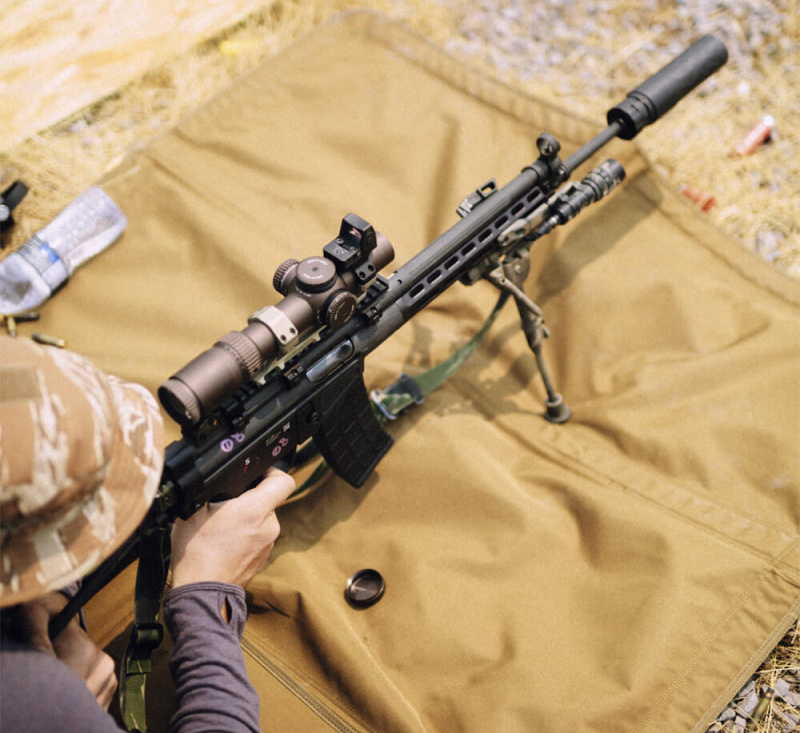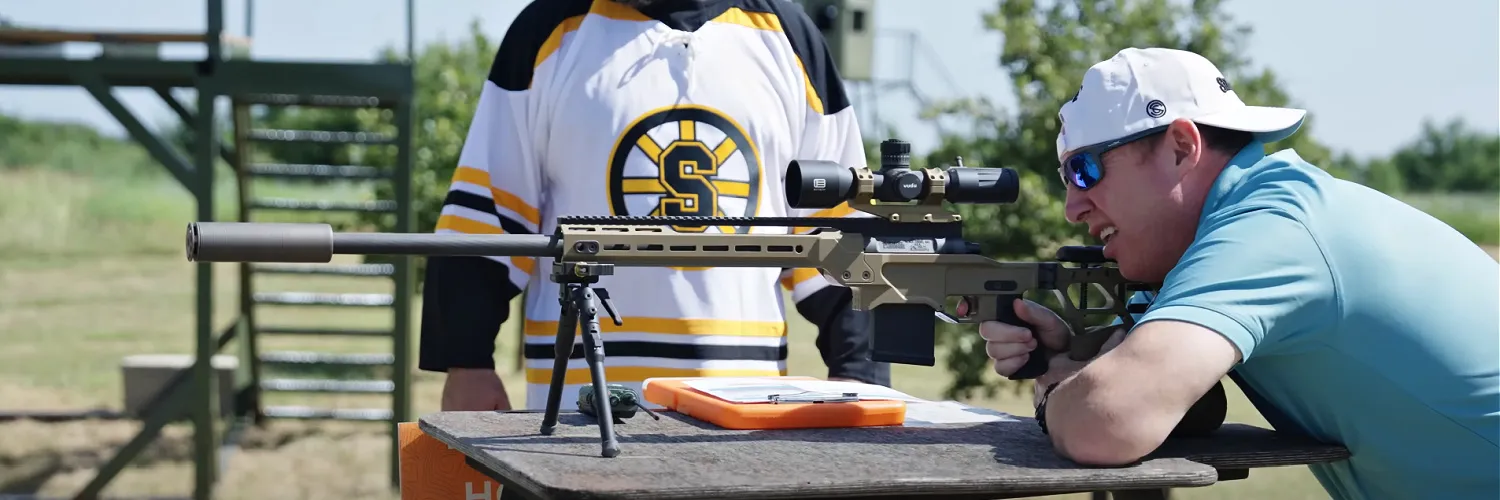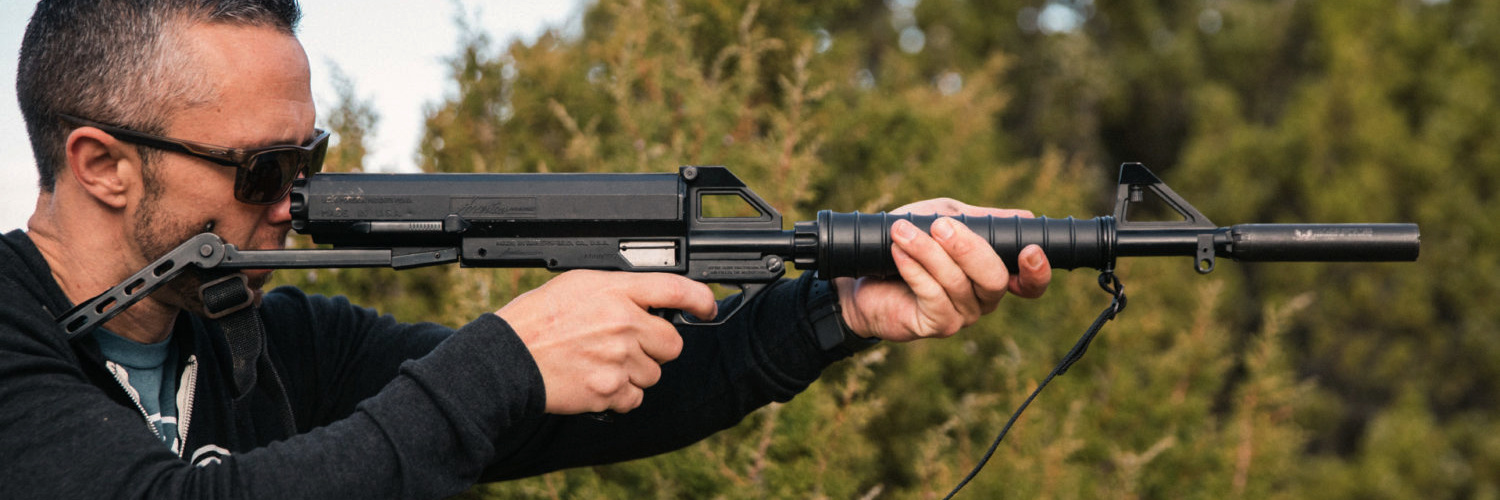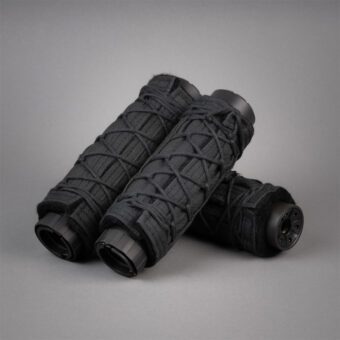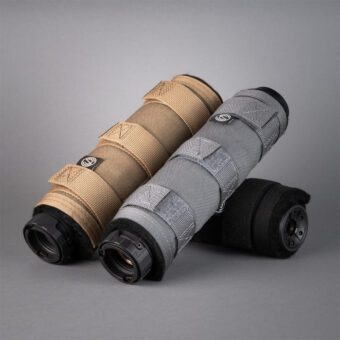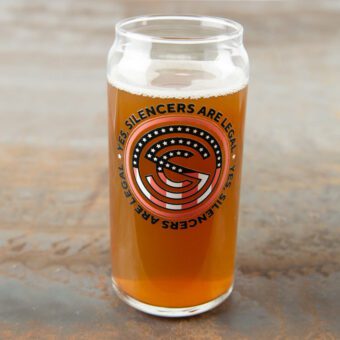Evolution of Suppressor Technology: Maxim to Current
Travis Pike
Technology is constantly evolving. A prime example of this is, of course, the fact that nearly everyone carries a mini supercomputer in their pocket these days. Firearms are no exception to this wave of innovation, and as firearms evolve, so do suppressors. Let’s dive deep into the evolution of suppressor technology, from the first practical design to modern cutting-edge models.
Hiram Maxim and the First Silencer
There are many legends surrounding the creation of the first practical firearm silencer. Some say Hiram Maxim was inspired by his father’s hearing loss. His father, the inventor of the Maxim gun, often demonstrated its capabilities at the cost of his hearing. Another story claims that Maxim got the idea while watching a whirlpool in a bathtub, thinking that swirling gases might quiet them.
Later, Maxim realized that it wasn’t necessary to swirl the gases — simply slowing them down was enough. He filed for a suppressor patent in 1902 and was granted it in 1909. The Maxim silencer became quite successful, initially designed for rifles and adaptable to various calibers and configurations.
This first successful suppressor set the stage for all that followed, and its original design still influences modern suppressors. The concept is remarkably simple: a metal tube containing a series of baffles, each with a caliber-appropriate hole in the center. These baffles create chambers inside the tube.
When the tube is attached to a gun’s barrel, the gases pushing the projectile enter these chambers, where the baffles restrict them. This allows the gases to cool and lose kinetic energy, reducing the intensity of the blast and the volume of the gunshot. Although this straightforward design became the standard, advancements have continually refined it.
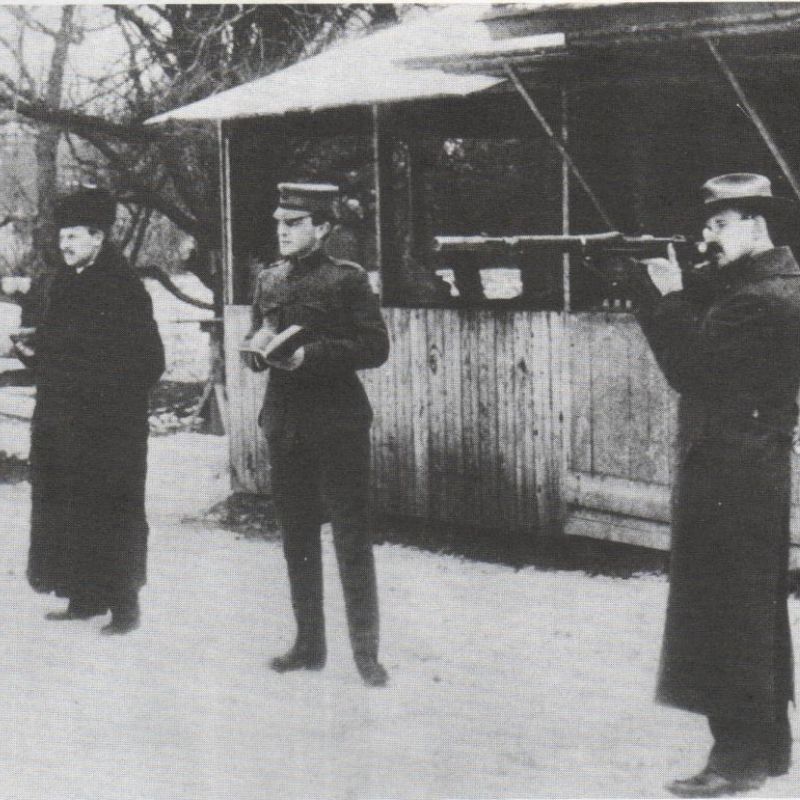
Early Suppressors Beyond Maxim
After Maxim’s suppressor revolutionized the industry, a wave of patents followed, leading to the production of numerous suppressors. Most of these designs were similar to Maxim’s but tweaked just enough to avoid patent infringement. Early innovations focused largely on improving mounting methods and adapting suppressors for shotguns and even machine guns.
One of the most notable advancements was Maxim’s 1910 suppressor, which became his most popular model. This design allowed users to maintain sight alignment and featured an off-center design—a concept still used today in our Osprey suppressors, now enhanced with modern materials and manufacturing techniques.
In 1919, Major Anthony Fiala introduced a machine gun suppressor that could be easily dismantled for cleaning, possibly making it the first suppressor of its kind. Another intriguing development came from Russia, where, in the 1930s, a Mosin Nagant suppressor was created using wipes and special subsonic ammunition.
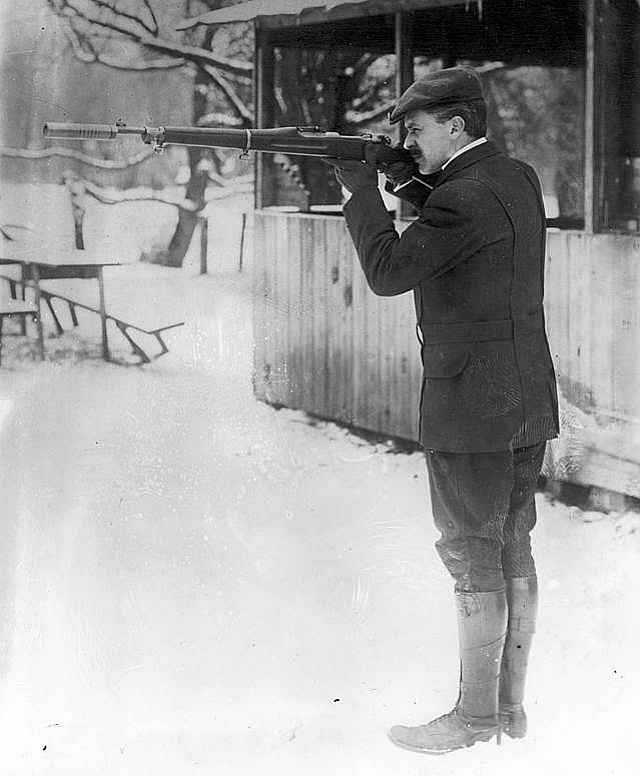
How Suppressor Technology Was Stunted
In 1934, the National Firearms Act was enacted, imposing strict regulations on silencers, short-barreled weapons, machine guns, and other firearms. The law required registration and a tax stamp costing $200—equivalent to about $3,500 today. This effectively halted civilian suppressor use for generations.
As a result, the growth of suppressor technology was severely stunted. The military showed only minimal interest in suppressors, and with little demand, there was no strong incentive to research or advance the technology. Consequently, we didn’t see significant leaps in suppressor innovation for decades following 1934.
Integrated Suppressed Weapons
World War II created a demand for covert, silenced weapons, fueling the rise of special operations and global intelligence agencies, which needed suppressors to conceal shooters’ positions. Although there weren’t many significant technological advancements, there were notable improvements in manufacturing. Suppressors became easier and faster to produce, as well as more durable.
The most significant contribution of World War II was the introduction of weapons with integrated suppressors. Guns like the Welrod and the High Standard HDM featured built-in suppressors, making them ideal for tasks such as eliminating sentries, dispatching guard dogs, and carrying out assassinations. ‘Wild’ Bill Donovan, head of the OSS, once demonstrated the effectiveness of a suppressed High Standard HDM by firing it into a sandbag in the Oval Office while President Roosevelt was dictating a letter. The President was suitably impressed by the weapon’s near-silent operation.
Submachine guns like the STEN and M3 also featured integral suppressors, taking advantage of the improved manufacturing techniques and materials of the 1940s to make suppressed full-auto weapons a viable option.
Integrated suppressors remain an intriguing option today, with modern firearms like the Maxim 9 continuing to carry this concept into the present.
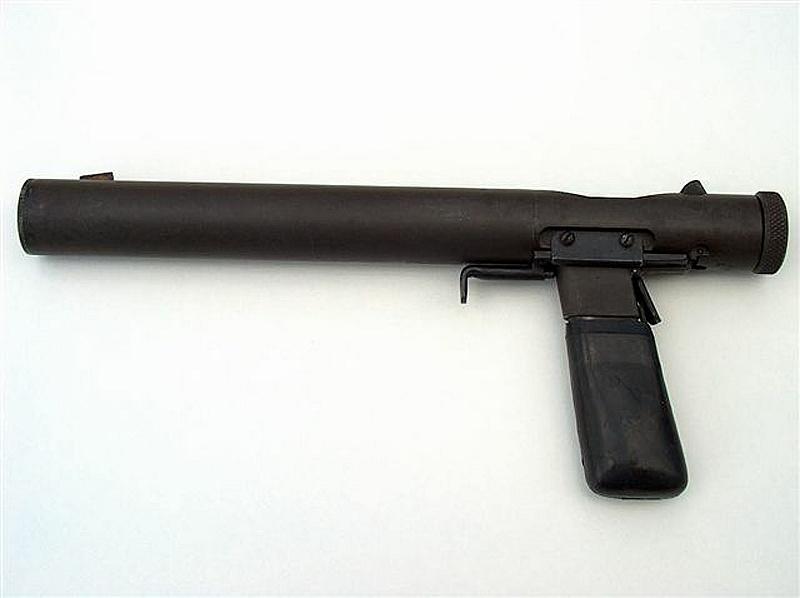
An Evolution in Pistol Silencers
Suppressors remained primarily in military use well into the Vietnam War, largely due to the significant financial burden of the $200 tax stamp for the average gun owner. During this conflict, Special Operations forces experienced a distinct evolution, conducting high-stakes missions where detection could lead to overwhelming enemy forces. Suppressors became increasingly valuable to these elite troops.
Improvements in suppressor technology during this period were primarily driven by advancements in manufacturing. Suppressors became more durable, easier to produce, more affordable, and quieter. However, their fundamental designs did not change significantly. One notable advancement was the improvement in the reliability of semi-automatic handguns when equipped with suppressors.
Many military-caliber handguns could not function reliably with a suppressor attached, as their short recoil systems were designed for the weight of the barrel alone, not the additional weight of a suppressor. Guns like the High Standard HDM and Walther series could use suppressors but relied on fixed barrels and blowback operation, which, while effective, had limitations in terms of caliber.
To provide Navy SEALs with a reliable 9mm handgun, the US Navy developed a suppressor compatible with short-recoil operated semi-automatic handguns, such as the Smith & Wesson Model 39. This suppressor, the MK 22 Mod 0 (otherwise known as the Hush Puppy) used disposable wipes and a lightweight design to ensure reliable cycling of the firearm.
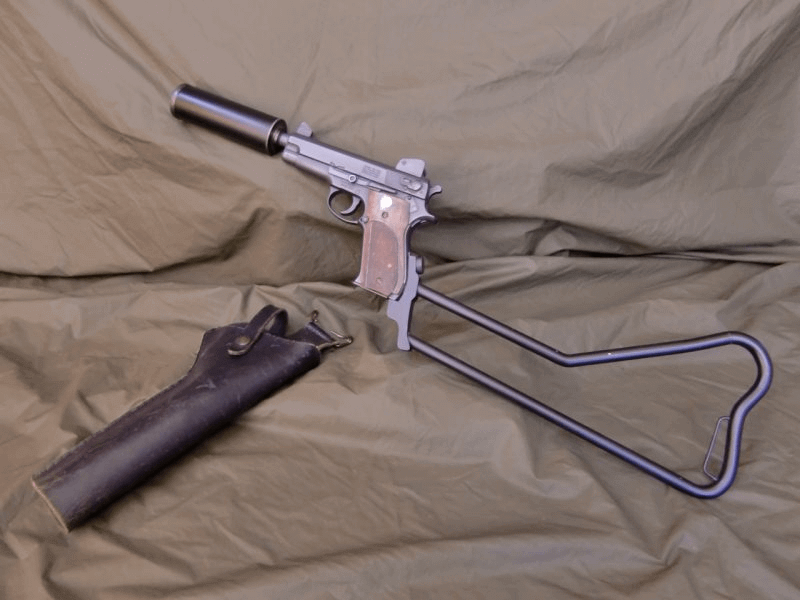
After the Vietnam War, the concept of suppressed handguns for special operations did not fade. Doug Olsen, working for the small firm Qual-A-Tec, developed the modern Nielsen Device, also known as a recoil booster. This device separates the suppressor’s weight from the barrel, allowing short-recoil handguns to function reliably when suppressed
The Suppressor Technology Revolution
Inflation is rarely seen as beneficial, but for those who can turn lemons into lemonade, it played a role in modernizing suppressors. As inflation devalued the $200 tax stamp, the initial financial barrier to suppressor ownership diminished significantly. This drop in value led to a surge in civilian ownership.
The increased market demand spurred competition and drove the development of cutting-edge technology. Suppressors became much more durable, able to handle full-auto fire from rifles with ease. They also evolved to be modular, allowing users to easily adjust the length to fit different weapons and applications.
Suppressors like the Hybrid 46M offer versatility by accommodating a wide range of popular calibers while allowing users to select the appropriate length for their rifle. The SilencerCo Switchback is one of the most modular options available, featuring various lengths and a user-configurable design.
Advancements such as additive manufacturing, or 3D printing, have elevated suppressor technology even further. Models like the Velos LBP are more robust, quieter, and feature innovative low back-pressure designs.
We also saw an increased use of a wider variety of materials. Stainless steel became prized for its durability and ease of cleaning, while metals like Inconel — known for its strength and heat resistance — became popular for baffles and 3D-printed suppressor parts. Titanium emerged as a common choice for those seeking to reduce weight without sacrificing durability. Even aluminum was utilized, enabling the production of lightweight and affordable suppressors.
Low back-pressure suppressors represent some of the latest advancements in suppressor technology. They make shooting more enjoyable by minimizing the amount of gas that’s blown into the shooter’s face. This improvement allows for faster shooting and can make a significant difference for competitors, hunters, and tactical users.
The More Things Change
At the end of the day, the Hiram Maxim suppressor is incredibly different and similar to modern suppressors. It’s a fascinating dichotomy.
Modern suppressors continue to build on Maxim’s foundational concepts, but they are now quieter, stronger, more modular, and provide a superior shooting experience. What’s next for suppressor technology? Stay tuned — SilencerCo is on the cutting edge of silencer technology and innovation.


